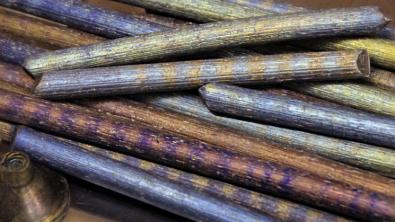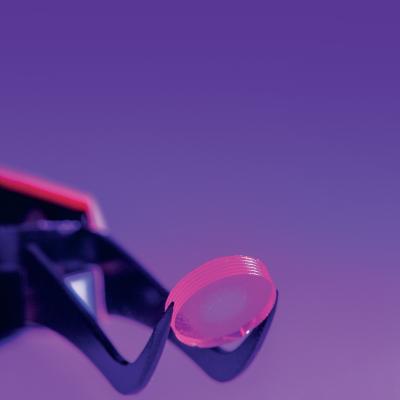Lawrence Livermore National Laboratory is a leading new chemicals and materials creation with a broad array of applications including batteries, catalysts for clean technology, ceramics, composites, additives and more. The Lab’s unique Advanced Manufacturing capabilities go hand in hand with the creation of novel methods to create new concepts altogether.
Portfolio News and Multimedia
In a record setting year for Lawrence Livermore National Laboratory (LLNL), four teams of LLNL researchers will attend the Department of Energy’s (DOE) Energy I-Corps (EIC) Cohort 20 this spring.
The EIC is a key initiative of the DOE’s Office of Technology Transitions, and facilitated at LLNL by Hannah Farquar from the Innovation and Partnerships Office (IPO). Established in 2015, EIC pairs teams of scientists with industry mentors to train researchers in moving DOE lab-developed technologies toward commercialization.
LLNL, Penn State, Columbia University, Tufts University, University of Kentucky, Purdue University and industry partner Western Rare Earths will use microbial and biomolecular engineering to develop a scalable bio-based separation and purification strategy for rare-earth elements
A trio of LLNL scientists have been inducted into the laboratory's Entrepreneur's Hall of Fame. Each developed technologies during or after their Lab careers that created major economic impacts or spawned new companies.






